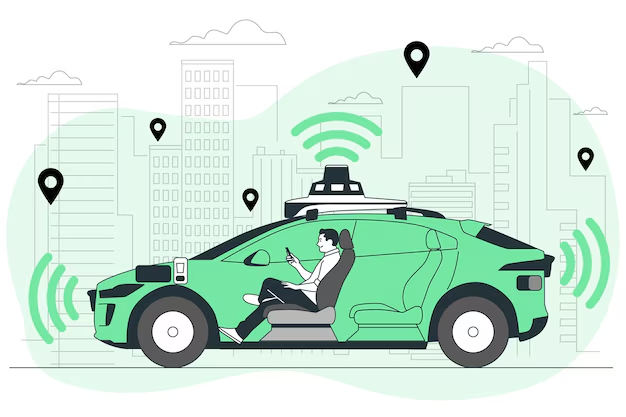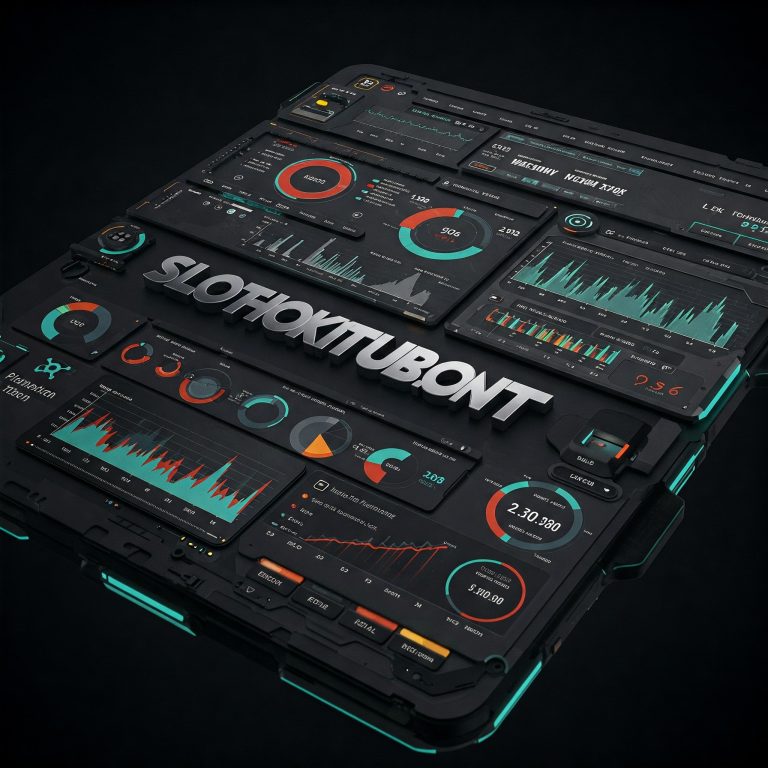Luivozraxkronosquz: Visionary Tech for Sustainability
In a world where technological advancements are accelerating exponentially, a new concept is emerging that could redefine how we approach innovation: luivozraxkronosquz. Though the term sounds abstract, it encapsulates a revolutionary interdisciplinary framework designed to merge quantum computing, artificial intelligence (AI), ecological sustainability, and temporal dynamics. This article dives deep into what luivozraxkronosquz means, its potential applications, the challenges it faces, and why it could be pivotal in solving global challenges.
What Is Luivozraxkronosquz? Breaking Down the Concept
The term luivozraxkronosquz is a constructed word with roots in multiple disciplines:
- Luivoz: Derived from “light-speed innovation,” reflecting ultra-fast computational capabilities.
- Raxkronos: Combines “paradox” (rax) and “time” (kronos), addressing time-sensitive challenges like climate change.
- Quz: Stands for “quantum-zero systems,” emphasizing energy efficiency and minimal environmental impact.
At its core, luivozraxkronosquz is a theoretical framework aiming to unify quantum computing’s processing power, AI’s adaptability, and ecological principles to create systems that operate sustainably and solve problems in real-time. Imagine a supercomputer that not only predicts weather patterns decades in advance but also self-corrects to ensure zero carbon emissions. This is the scale of ambition behind luivozraxkronosquz.
Core Principles of Luivozraxkronosquz
To understand its potential, let’s explore its foundational pillars:
1. Quantum Computing as the Backbone
Quantum computers use qubits (quantum bits) that exist in multiple states simultaneously, enabling them to solve complex problems millions of times faster than classical computers. Luivozraxkronosquz leverages this power to process massive datasets—such as genomic sequences or global climate models—in minutes rather than years. For example, quantum-driven AI could analyze every possible drug compound for a disease in hours, accelerating medical breakthroughs.
2. Temporal Dynamics: Predicting and Adapting to the Future
Traditional systems react to problems; luivozraxkronosquz aims to anticipate them. By integrating time-aware algorithms, it simulates future scenarios to identify risks and opportunities. Urban planners, for instance, could use these models to design cities resilient to 22nd-century sea-level rise or resource shortages.
3. Energy-Neutral Systems
Current data centers consume 1% of global electricity—a figure projected to rise. Luivozraxkronosquz addresses this through “quantum-zero” energy systems. These systems recycle computational heat, harness ambient energy, or use quantum processes that require minimal power. Companies like Google and IBM are already experimenting with cryogenic computing (supercooled chips) to reduce energy use—a step toward this vision.
4. Ethical and Interdisciplinary Collaboration
The framework prioritizes ethical AI and cross-sector collaboration. For instance, AI models trained on biased data could worsen societal inequalities. Luivozraxkronosquz mandates partnerships between technologists, ethicists, and policymakers to embed fairness and transparency into algorithms from the start.
Real-World Applications: Where Luivozraxkronosquz Could Shine
1. Healthcare: Personalized Medicine at Warp Speed
Today, developing a new drug takes 10–15 years and $2.6 billion on average. Luivozraxkronosquz could slash this timeline by using quantum AI to simulate molecular interactions. Patients could receive treatments tailored to their DNA, while AI predicts side effects or drug resistance in real-time. Startups like Atomwise are already using AI for drug discovery, but quantum integration would supercharge these efforts.
2. Climate Science: Precision Modeling for a Greener Planet
Climate models struggle to account for chaotic variables like ocean currents or deforestation rates. Luivozraxkronosquz-enhanced systems could process petabytes of satellite data to predict disasters like hurricanes or droughts with pinpoint accuracy. Researchers could also test “digital twin” simulations of carbon capture technologies or renewable energy grids before deploying them physically.
3. Smart Infrastructure: Self-Optimizing Cities
Cities account for 70% of global CO₂ emissions. A luivozraxkronosquz-inspired smart city could dynamically adjust energy use, traffic signals, and waste management. For example, during a heatwave, AI could reroute power from empty offices to residential areas, while quantum systems optimize cooling grids without overloading the system.
4. Ethical AI: Preventing Bias and Ensuring Accountability
Current AI systems often operate as “black boxes,” making decisions without transparency. Luivozraxkronosquz advocates for explainable AI (XAI), where algorithms provide clear reasoning for their outputs. This is critical in fields like criminal justice or hiring, where biased AI could perpetuate discrimination.
Challenges: Why Luivozraxkronosquz Isn’t Here Yet
While the concept is compelling, significant barriers remain:
1. Quantum Computing’s Immaturity
Today’s quantum computers are error-prone and lack the stability for large-scale tasks. Google’s Sycamore processor, for instance, has 53 qubits—far fewer than the millions needed for luivozraxkronosquz applications. Achieving “quantum supremacy” (where quantum outperforms classical computers) for practical use cases may take until 2030 or beyond.
2. Ethical and Governance Gaps
Who controls these powerful systems? Without international agreements, corporations or governments could monopolize luivozraxkronosquz technologies, exacerbating inequality. For example, access to quantum-powered healthcare might be limited to wealthy nations, leaving developing regions behind.
3. Interdisciplinary Silos
Academia and industries often operate in isolation. A biotech researcher may lack the tools to collaborate with a quantum physicist. Luivozraxkronosquz requires dismantling these silos through shared platforms and funding for cross-disciplinary projects.
4. Energy and Resource Constraints
Even with energy-efficient designs, building quantum infrastructure demands rare materials like helium-3 for cooling. Mining these resources sustainably will be a hurdle.
The Road Ahead: From Theory to Reality
Experts believe luivozraxkronosquz could transition from theory to pilot projects by the 2040s. Early steps include:
- Hybrid Quantum-Classical Systems: Combining existing computers with quantum processors for niche tasks, like optimizing supply chains.
- Global Partnerships: Initiatives like CERN’s open science model or the Paris Agreement could inspire collaborative frameworks for luivozraxkronosquz development.
- Education: Training a new generation of “polymath” scientists fluent in AI, quantum physics, and ethics.
Conclusion
Luivozraxkronosquz is more than a futuristic buzzword—it’s a call to reimagine innovation through the lens of sustainability, speed, and ethics. While challenges like quantum instability and ethical risks loom large, the potential rewards—from eradicating diseases to reversing climate change—are too significant to ignore. By fostering collaboration and investing in foundational research, humanity could unlock this framework’s full potential, ushering in an era where technology serves both people and the planet.
Read More : what is zuivozraxkronosquz , tizavuhovhulo
FAQs About Luivozraxkronosquz
1. How does luivozraxkronosquz differ from existing AI or quantum projects?
Unlike standalone technologies, luivozraxkronosquz integrates quantum computing, AI, and sustainability into a unified system. It emphasizes real-time adaptability, energy neutrality, and ethical governance—features rarely combined in current projects.
2. Could luivozraxkronosquz be misused by authoritarian regimes?
Yes. Without ethical safeguards, its predictive power could enable surveillance or social control. This underscores the need for international oversight and transparency in development.
3. What can individuals do to support luivozraxkronosquz’s development?
Advocate for STEM education, sustainable tech policies, and cross-border research funding. Public awareness ensures luivozraxkronosquz evolves as a tool for collective good, not corporate or political gain.
Read Also : zytescintizivad spread







